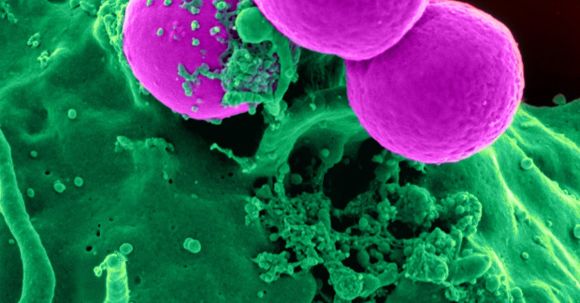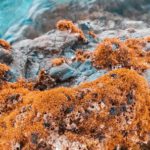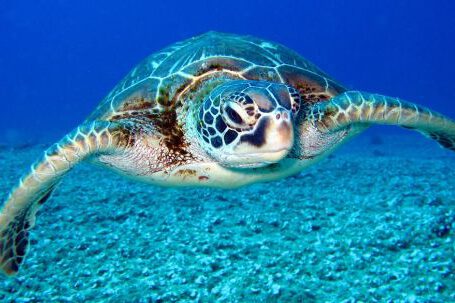Our planet is home to a diverse array of living organisms, each with its own unique characteristics and lifespan. While many organisms live for only a few years or even months, there are some that have stood the test of time, surviving for thousands, or even millions, of years. In this article, we will explore some of the oldest living organisms on our planet and delve into the fascinating world of their longevity.
Ancient Bristlecone Pines: Witness to Millennia
Tucked away in the White Mountains of California, the ancient bristlecone pines, also known as Pinus longaeva, have been thriving for thousands of years. These remarkable trees are known for their ability to withstand harsh conditions, including freezing temperatures and nutrient-poor soil. Some of these ancient pines have been estimated to be over 5,000 years old, making them the oldest known living organisms on Earth.
Giant Tortoises: Living Fossils of the Galapagos Islands
The Galapagos Islands are famous for their unique and endemic wildlife, and among these remarkable creatures are the giant tortoises. These gentle giants have an incredible lifespan, with some individuals living for well over 100 years. In fact, the oldest known tortoise, named Jonathan, is estimated to be around 187 years old. These ancient reptiles are considered living fossils, as they have remained relatively unchanged for millions of years.
The Immortal Jellyfish: Defying the Conventional Notions of Aging
While most organisms experience aging and eventual death, there is one creature that seems to defy this natural process – the immortal jellyfish, scientifically known as Turritopsis dohrnii. This tiny jellyfish has the unique ability to revert back to its juvenile form after reaching maturity, effectively resetting its biological clock. This process, known as transdifferentiation, allows the jellyfish to potentially live indefinitely, making it a truly remarkable organism.
Yucca Plant: A Desert Survivor
In the arid regions of the southwestern United States and Mexico, the yucca plant has managed to thrive for thousands of years. These hardy plants have adapted to survive in extreme desert conditions, with some individuals estimated to be over 1,000 years old. The yucca plant is not only known for its longevity but also for its symbiotic relationship with the yucca moth, which pollinates the plant in exchange for a safe place to lay its eggs.
Antarctic Sponge: Cold Adaptation
Deep beneath the icy waters of Antarctica, a creature known as the Antarctic sponge has been quietly thriving for centuries. These sponges have adapted to survive in extremely cold temperatures and can live for hundreds of years. The oldest known Antarctic sponge, collected during a research expedition, was estimated to be around 1,550 years old, making it one of the longest-lived animals on our planet.
Conclusion: The Wonder of Longevity
The existence of these ancient organisms serves as a testament to the incredible resilience and adaptability of life on Earth. From the ancient bristlecone pines to the immortal jellyfish, each organism has its own unique strategies for survival and longevity. As we continue to explore and understand the natural world around us, we are reminded of the profound beauty and wonder that exists in the oldest living organisms on our planet.





